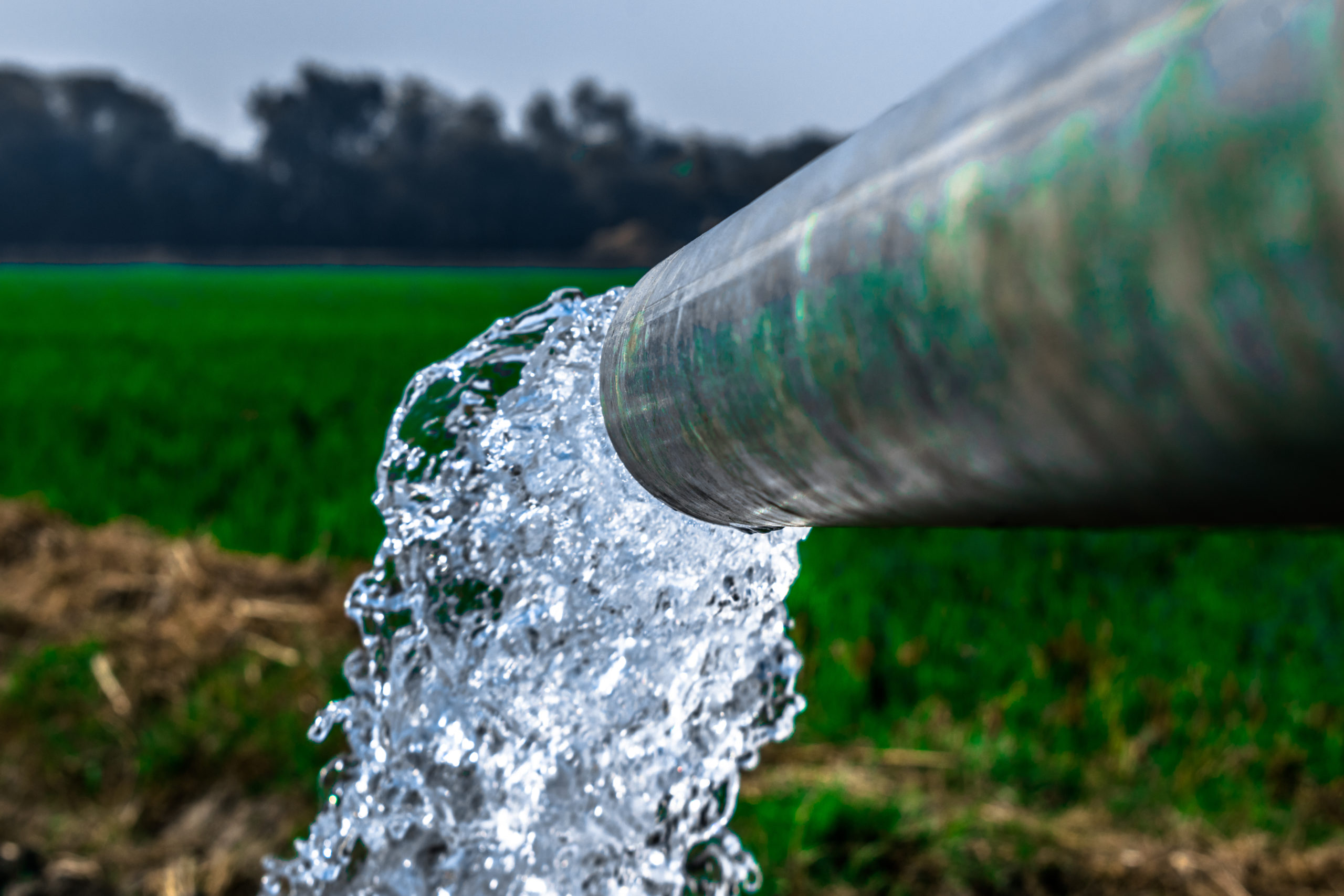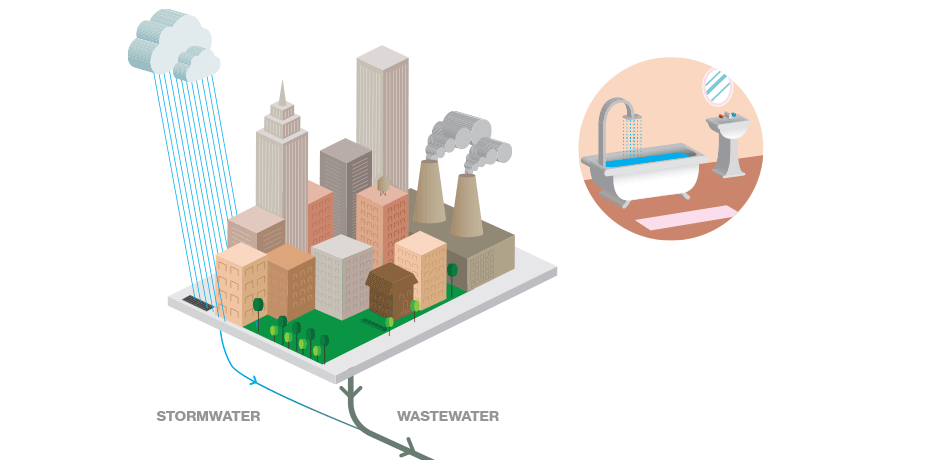Ecological Influence of Waste Water Treatment: What You Required to Know
Ecological Influence of Waste Water Treatment: What You Required to Know
Blog Article
Exploring Innovative Technologies and Practices for Reliable Drainage Treatment Equipments
Efficient waste water treatment systems are crucial for environmental sustainability and public health. From sophisticated filtration techniques to smart surveillance systems and biological therapy advancements, the area of waste water treatment is seeing a makeover.
Advanced Filtration Techniques

Microfiltration involves the usage of fine membranes to different fragments and microorganisms, while ultrafiltration targets even smaller contaminants through finer pores. Nanofiltration services getting rid of divalent ions and natural particles, and reverse osmosis is extremely effective in removing dissolved salts and other toxins. Waste Water Treatment. These techniques not only aid in creating clean water however likewise aid in decreasing the ecological effect of wastewater discharges, making them essential elements of modern-day wastewater treatment systems

Smart Monitoring Systems
The implementation of smart monitoring systems changes the oversight and administration of wastewater treatment procedures, ensuring optimum performance and compliance with governing standards. These systems use innovative sensors, information analytics, and real-time surveillance to provide valuable insights into numerous specifications of the treatment procedure. By continually collecting and analyzing data on essential indications such as pH levels, turbidity, dissolved oxygen, and flow prices, wise monitoring systems make it possible for drivers to without delay identify any deviations from the preferred operating problems. This proactive method enables fast interventions to address problems before they escalate, eventually enhancing the overall performance and performance of the therapy plant. Moreover, clever tracking systems assist in remote surveillance and control, making it possible for drivers to accessibility real-time information and make notified decisions from anywhere, any time. This degree of connectivity and automation not just boosts operational efficiency however additionally minimizes the danger of non-compliance with ecological regulations, causing cost savings and ecological security.
Organic Treatment Developments
Organic therapy innovations have substantially advanced the efficacy and sustainability of wastewater therapy procedures. On the whole, organic treatment innovations provide affordable, ecologically pleasant remedies for wastewater treatment, advertising lasting practices in water resource management. Applying these innovations can lead to better water quality, minimized environmental impact, and improved resource healing in wastewater therapy systems.
Energy-Efficient Practices
In advancing the sustainability of wastewater therapy systems, energy-efficient techniques play a pivotal function in maximizing operational prices and lowering ecological effect. One key energy-efficient technique is the application of advanced aeration systems, such as great bubble diffusers pop over to these guys or surface aerators, which boost oxygen transfer performance in biological therapy procedures. By improving aeration efficiency, therapy plants can decrease energy usage linked with oygenation, a considerable factor to general energy use in wastewater treatment.
Furthermore, the assimilation of sustainable energy resources, like photovoltaic panels or wind turbines, can aid counter energy needs and reduce reliance on standard fossil gas. Using power healing systems, such as heat exchangers or biogas record technologies, can also contribute to energy financial savings by repurposing waste warmth and capturing biogas created throughout treatment processes.
Additionally, employing power monitoring systems and advanced control techniques can maximize power usage by adjusting functional criteria in real-time based on differing treatment conditions. Overall, incorporating energy-efficient techniques not only minimizes functional costs but likewise lessens the environmental impact of wastewater treatment facilities, straightening with sustainable development goals and regulatory demands.
Data-Driven Optimization
Exactly how can data-driven optimization boost the effectiveness and efficiency of wastewater therapy systems? Data-driven optimization plays an important duty in improving the efficiency of wastewater treatment systems by making it possible for real-time surveillance, anticipating maintenance, and notified decision-making - Waste Water Treatment. By collecting and assessing data from different sensing units and sources within the treatment plant, drivers can get useful understandings right into the system's operation, determine prospective problems prior to they intensify, and maximize procedures to attain far better end results
Via data-driven optimization, operators can execute predictive upkeep strategies that help read the full info here avoid equipment failures and decrease downtime. By assessing historical data and patterns, maintenance schedules can be maximized, resulting in cost savings and enhanced system integrity. Additionally, real-time information monitoring enables for immediate discovery of anomalies or deviations from ideal operating conditions, enabling prompt restorative activities to be taken.
In addition, data-driven optimization facilitates data-driven decision-making by giving operators with workable insights and referrals based upon data analysis - Waste Water Treatment. This allows for continual renovation and optimization of wastewater therapy procedures, resulting in improved performance, lowered operational costs, and boosted general efficiency of the system
Conclusion
In conclusion, the exploration of innovative modern technologies and techniques for efficient drainage therapy systems has actually revealed appealing cause enhancing filtering methods, keeping track of systems, biological therapies, energy performance, and information optimization. These advancements are important in attending to the expanding difficulties of water scarcity and contamination. By carrying out these solutions, we can make certain reliable and lasting monitoring of wastewater resources for the benefit of both the setting and society.
From advanced purification techniques to wise surveillance systems website link and biological therapy advancements, the area of waste water therapy is observing a transformation.Biological treatment innovations have actually dramatically progressed the effectiveness and sustainability of wastewater treatment processes. Generally, biological treatment advancements supply cost-effective, eco pleasant options for wastewater treatment, advertising sustainable practices in water source administration. By improving oygenation efficiency, therapy plants can minimize energy consumption linked with aeration, a considerable contributor to general energy usage in wastewater therapy.
In verdict, the expedition of innovative technologies and techniques for effective waste water treatment systems has revealed encouraging outcomes in enhancing filtration approaches, checking systems, biological therapies, energy efficiency, and information optimization.
Report this page